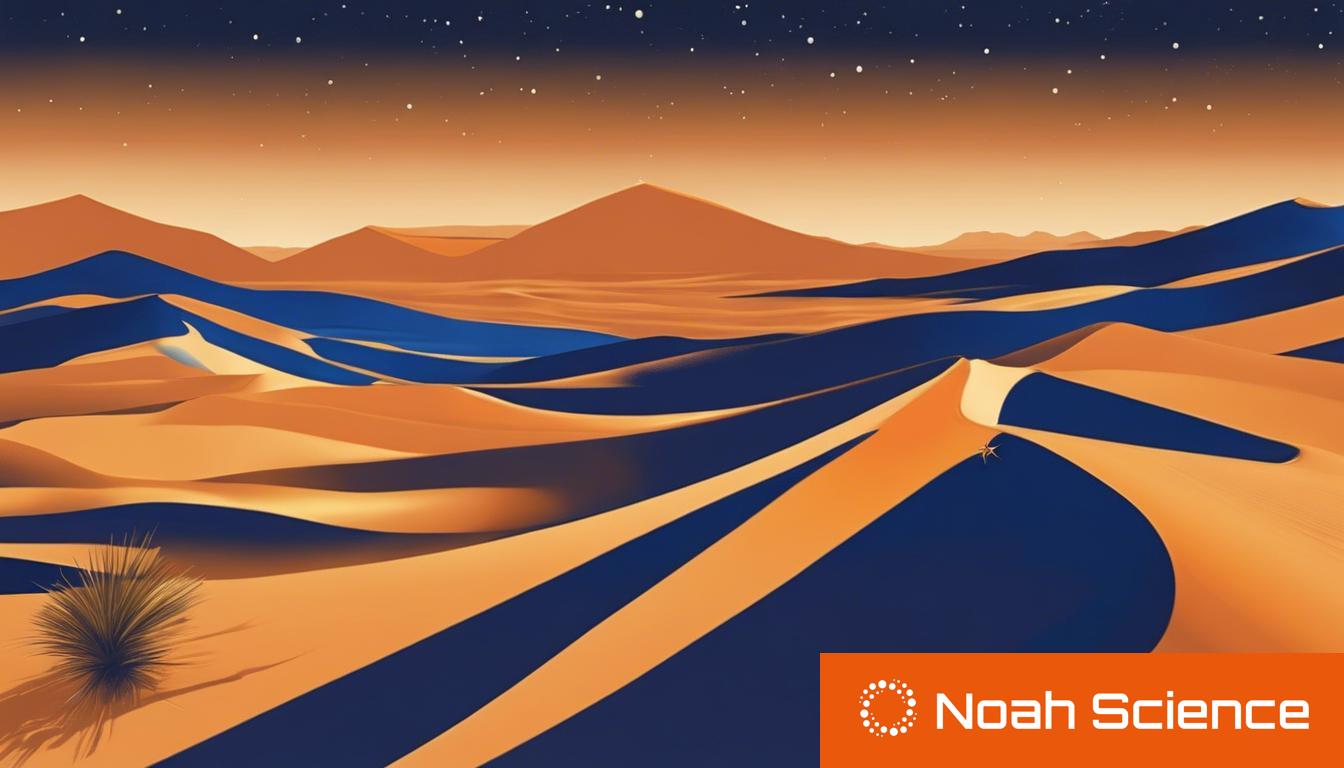A groundbreaking study by scientists, including those from Aberystwyth University, explores the formation and movement of Morocco’s Lala Lallia star dune, shedding light on Earth’s and potentially Mars’s geological evolution.
A collaborative research team, including scientists from Aberystwyth University in Wales, has conducted a groundbreaking study on the formation and movement of the Lala Lallia star dune located in Morocco’s Erg Chebbi sand sea. Standing 100 meters in height and spreading 700 meters wide, this star-shaped dune intrigues due to its significant size and distinctive structure. The study’s findings, which have been published in the journal Scientific Reports, reveal that the base of Lala Lallia is approximately 13,000 years old, while its upper structure has developed over the last 1,000 years. This discovery indicates a young formation age relative to the dune’s history and highlights the impact of changing climatic conditions over millennia.
Professor Geoff Duller, a leading researcher in the study, explained how opposing wind directions have sculpted the dune into its current star shape and are responsible for its gradual westward movement at a rate of about 50cm per year. This movement is part of the dune’s dynamic response to a consistent east wind, illustrating the ongoing geological processes shaping such landscapes.
The research team employed luminescence dating techniques to determine the ages of sand grains within the dune, which had not been exposed to sunlight for millennia. This method allowed the scientists to construct a timeline of the dune’s formation and movement, offering new insights into the deposition processes of sand in deserts.
The study’s implications extend beyond understanding the Lala Lallia dune’s structural and movement dynamics. It also enhances knowledge on the geological evolution of deserts and the natural forces that have molded Earth’s landscapes. In addition, this research sheds light on star dunes’ development on Earth and potentially offers analogies for similar formations observed on Mars, providing broader perspectives on both planetary geology and ancient climatic conditions.













